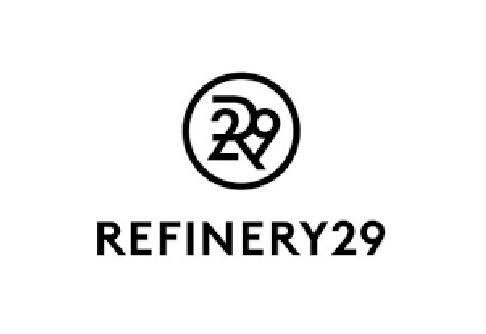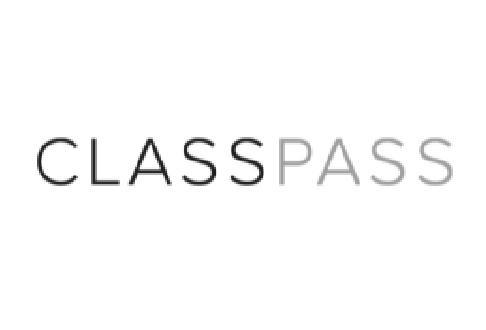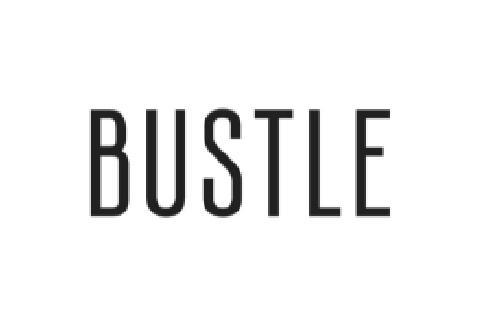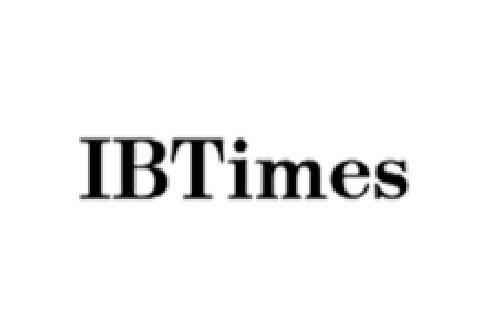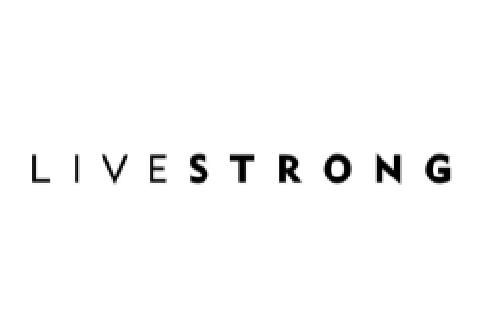Coaching Clients’ Cycle of Transformation can be approximated by the concept of Hierarchy of Competence, developed in the late 1960s and attributed to Michael M. Broadwell.
The model distinguishes between four levels of competency development, starting from unconscious incompetence, through conscious incompetence, conscious competence, and, at the end of the process, unconscious competence. During its heyday, it was used to illustrate the acquisition of specific skills.
What kind of skills does a Coach impart? The single most fundamental skill in our life – the skill of generating positive change.
This competence comes in handy in all life transitions. When we meet new people and bid farewell to others, when we develop and change our professional careers, when we learn new things and try to apply them in life, when we fall in love, when we have children and we empty the nest, when we develop spiritually and when we go through a surgery. Whatever needs to be surmounted, developed, built, bridged, or deepened, will call for the skill of shaping personal transformation.
The process of learning how to generate positive change is not straightforward.
We go through life as physical entities endowed with the capacity to reason and to experience emotions. We learn fast and develop certain automatisms. The shortcuts of cognitive economy allow us to make use of certain routines that help us deal with the complexity of the surrounding universe. Language helps us label objects and concepts and categorize them into groups and classes. Our motor memory enables us to perform some very complex tasks with little effort.
We are not alone, but constantly interact with other humans and we do so according to specific codes of conduct, some of which are culturally-specific. People internalize these codes and apply them unconsciously, in consequence influencing each other’s behaviors, thoughts, and emotions.
Let us illustrate this with an example pertaining to the Emotional Aspect of Being.
The propensity to select a specific emotional state (fear, anger, sadness, etc.) and express it via a particular Coping Strategy (fight, flight, freeze) is a result of forces that combine genetic wiring, prenatal development, and subsequent learning process. Infants determine an ideal response by applying their cognitive resources, behavioral cues, and feedback from the environment. As a result, some boys will develop a propensity to react with anger because they are rewarded for such behavior even if sadness was warranted. Girls, on the other hand, may develop the opposite propensity – and react with sadness in lieu of anger. Such emotional strategies, developed in early life, may accompany us for decades to come.
Examples of automatisms abound in our daily life. We constantly compare ourselves to others, road rage incidents make us growl at fellow drivers, and our addiction to social media functions as a panacea for stress or boredom.
Since we routinely resort to deeply embedded automatisms, most of us have only a vague awareness of how our unconscious habits create our reality. And many people, lulled in the zone of relative comfort and familiarity, stay at this level, never having a chance to deepen their self-awareness. Problems, when they arise, are “caused by others.”
However, when we do realize that something needs to change, we typically lack the skills to step to the next level. We are not even aware of our incompetence in the field of personal transformation.
Stage 1 – Unconscious Incompetence
Many Clients contact the Coach during this stage, often as a result of a personal crisis – a recent breakup, a career transition, or some other form of discontinuity. On other occasions, it could be something as benign as a comparison with other people’s (superior) results. Often, they have already attempted to solve the problem themselves – reading self-help books, listening to inspiring podcasts, and talking to friends. Little of this will increase their competence. They are not aware of what constitutes a “mistake” nor how to correct it.
Without coaching help, there is, therefore, little clarity about what needs to be learned, if anything at all. The reason for this is simple: you don’t know what you don’t know.
The Coach helps the Client realize the gap between where they are now and where they would like to be. The gradual identification of more productive behavior patterns will result from this gap analysis. This will formulate the starting point for the journey together.
Early in the Coaching program, many Clients react with enthusiasm to what they observe as their updated, unfolding identity. Although early breakthroughs are possible, much practice is required to reach the homeostatic state of an effortless application.
Stage 2 – Conscious Incompetence
When the Clients become cognizant of their transformational illiteracy to date, they are slowly being ushered to the next stage of the hierarchy, known as “conscious incompetence”.
For any adjustment to be made, the Coach will now have to help the Client become conscious of certain patterns. There will be several ‘a-ha’ moments, when the Client will realize, often for the first time, that certain mechanisms they applied for years were simply dysfunctional. You now know what you don’t know.
In a world where the sheer number of stimuli has multiplied beyond our capacity to process them, most thoughts return in a loop and the majority of cognitive material is negatively charged. Becoming conscious of the process is the surest way to break the repetitiveness of the hitherto unconscious automatisms that dominated behavior during Stage 1.
Together, the partners determine the pattern that needs to be changed, generate solutions going forward, and develop a clear action plan to foster new behavior. The Coach helps the Client create a roadmap on which they will leave behind the ‘old behavior’ and adopt a new one.
Becoming conscious that something is not right is the critical step on this journey. “I now want to become a better person!” Enough of the old pattern! Just the very awareness of this is exhilarating and bolsters the commitment to change.
Inevitably, Clients will continue making mistakes. Too often, they focus on the action itself and default to predominantly using their cognitive faculties. The Cognitive Aspect of Being helps us solve and control many complex issues in the world out there, but it is unlikely to provide us with the tools that are necessary to resolve challenges faced in the first person singular.
Our life is not only mental but is also corporeal, emotional and it strives for something higher than the self – often all at the same time. The realization of this complexity may sap the Client’s confidence. The Coach must therefore go beyond simply ‘correcting’ behavior and instead guide the Client to align the levels of emotions, feelings, and beliefs.
How is this achieved? By helping Clients slow down and develop some decelerating practice, such as meditation, journaling, thought-downloading, etc. This way, the Client will be in a position to disrupt the automatism that invariably leads to old results.
As the Client begins to approach the next stage of the transformation, the increasing level of consciousness may often be accompanied by heightened resistance. This is the moment to help the Client develop the capacity to visualize a future version of themselves. Such a vision feels more fulfilling and exciting and will propel them to act in a way that is much more sustainable than mere spurts of willpower.
Stage 3 – Conscious Competence
Once the Client has reached this Stage, a new way of thinking, being, and doing can be performed successfully. This, however, won’t happen without a great deal of focus and concentration. After all, this is a territory that the Client may have never visited before. Often, when engaging in new ways, Clients might complain that it feels “unnatural,” “artificial” or “mechanical”. Such reactions are expected when adopting a new pattern, as it requires a lot of effort. Our brain is hardwired to avoid pain, and its main focus is to survive. This favors the status quo. Whereas unconscious thoughts and automated habits drive the familiar (‘comfortable’) behavior, exploration of new neural pathways invokes discomfort.
The path will not always be easy or straightforward, but it will point to new modes of functioning. With time, the new behavior will feel more and more natural. What matters is determination and consistency.
There is, however, a risk that the Client could easily slip back into their old ways of doing, being, or thinking. The first results may be arriving, albeit slowly. The coach needs to monitor the progress and provide ongoing, timely feedback. The main objective at this stage is to reinforce and embed the new belief/behavior, however uncomfortable it may feel for the Client.
How is this accomplished? By helping the Client to connect all the four Aspects of Being – the Body, Emotions, Thoughts, and Spirituality. This is where New York Life Coaching Institute’s BETAS process can be applied.
Clients are encouraged to enlist their body in the process of regulating emotions, identifying the messages carried by those emotions, and then learning to question and reframe their thoughts to acquire novel perspectives.
Much work focuses on the areas where Aspects of Being intersect and overlap– emotions with the body, spirituality and thoughts, mental constructs and feelings. Increased awareness of the body serves as a key access point to the present moment, away from the obsession with the past and apprehension about an uncertain future. Instead, the Client will learn to bring attention back to the present time and acquire the key skills – how to observe and reformulate their own thoughts, how to detect various emotions and acknowledge their presence, how to awaken to the power of mindfulness and to the simplicity of basic virtues.
Gradually, deeper awareness will emerge in each of those Aspects, bringing the focus to goal-oriented action. With the Coach’s help, the Client will learn how to constructively use feedback from the environment, including any setbacks encountered on the way.
Bolstered by the first successes, the Client approaches the peak experience just before the newly learned ways of Being and Doing become completely automated.
Stage 4 – Unconscious Competence
In order to be sustainable, actions have to be embedded in repeated frames, supported by ethical choices and constructive emotional reactions.
It is during this stage that some actions become automated thanks to the introduction of regular routines and rituals and new beliefs have now become habitual. The Client has practiced the skill so often that it has now become like their “second nature”. They no longer need to devote much conscious effort to perform the new skill. When you end up “performing in the zone”, you are most definitely at stage four of that skill area.
Only with repetition, will new neural networks develop, forming new routines, rituals, and habits. It works like muscle memory. Little by little, novel automatisms emerge, favoring progress in many facets of life. New neuronal connections are reinforced by repeated actions and the old circuitry fades into the background. The Client can now follow through on certain actions without thinking about it. The awareness of the original goal fades into the background and actions are carried out effortlessly. New thoughts and emotional patterns will surface as a result of these automatisms.
Amazing breakthroughs may now take place, not out of obsession about achieving a given goal, but through consistent action motivated at the level of all the four Aspects of Being.
At this stage, the goal is simply to ensure sustained new behavior. The Client’s confidence rises and by the time they graduate from the Coaching Program, they have become competent in aligning their actions with their goals in an increasingly unconscious, natural manner.
The brain will eventually ignore how pleasantly easy it is to enter Stage 4. Over time, new challenges will arise, and the Client will now seek to develop new transformational competence in another area. If this happens, the client is back at stage one – unconscious incompetence – and the learning journey starts all over again. Sometimes Clients will return to the same Coach who guided them on their previous journey.
In summary, the Coach will guide the Client to move away from certain automatisms. With the Coach’s help, the Client will learn to recognize them, actively test new behaviors, and later turn those new modes of functioning into new automated processes.
If you want to start your journey of Transformation with us, Click here.















